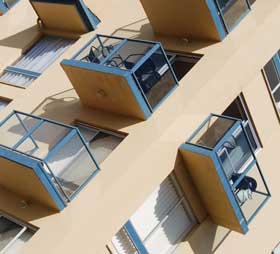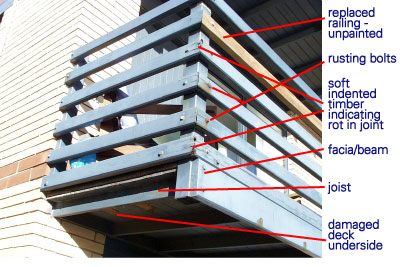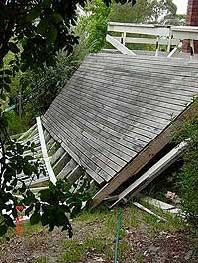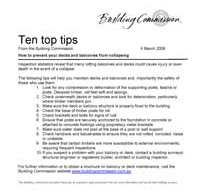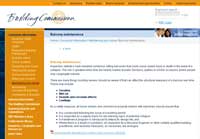Maintenance: Balconies
Community Titles Act
Strata Division (one lot above another)
Balconies are common property, the unit holder owns the space if it is designated a unit subsidiary on the plan. see Boundaries
Section 75—Functions and powers of corporations
(1) The functions of a corporation are—
(a) to administer, manage and control the common property for the benefit of the
owners of the community lots; and
(b) to maintain the common property and the property of the corporation in good
order and condition;
What does this mean?
Balconies on community titled Strata Divisions are treated the same as a Strata Titled group. The corporation owns the structure with the lot owner having title to any space designated lot subsidiary.
For regular lot by lot Community Corporations each lot owner has ownership of the carport/garage on their lot. They are responsible for its maintenance.
Strata Titles Act (plan number less than 20,000)
Balconies are common property, the unit holder owns the space inside the balcony if it is designated a unit subsidiary on the strata plan. see Boundaries
Section 25. The functions of the strata corporation are as follows:
(a) to administer and maintain the common property for the benefit of the unit holders and, to such extent as may be appropriate, other members of the strata community; and
(b) to administer all other property of the corporation
What does this mean?
The strata corporation must maintain the common property.
Hint
See the Boundary chapter for the definition of Common property

